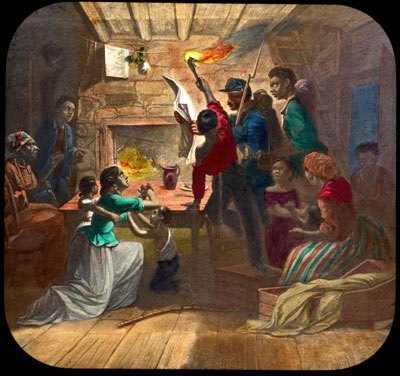Since President Gerald R. Ford first officially recognized Black History Month during America’s Bicentennial celebration, the United States and its Government have recognized the incredible achievements of African-American citizens throughout its history. However, the origins of Black History Month stretch nearly 50 years prior to that event.
In 1926, Carter G. Woodson and the Association for the Study of Negro Life and History announced that they would be celebrating the second week of February as Negro History Week. They chose this particular week in honor of the birthdays of both Frederick Douglass and Abraham Lincoln.
Over the next several years, the event grew, due in large part to the involvement of schools, until in 1969 the concept of a Black History Month was proposed at Kent State University in Kent, Ohio. The first recorded celebration of Black History Month occurred the next year, 1970, and from there was spread throughout colleges and universities picking up momentum in public opinion until Ford officially recognized it six years later.
The history of accomplishments, achievements, and innovations of African-Americans throughout our Nation’s history is vast and diverse. The U.S. Government Publishing Office (GPO) has printed several publications throughout the years that highlight those triumphs.
GPO offers access to several items that can help your organization pay homage to this unique history. The U.S. Government Bookstore offers several titles about this topic. Some of those include:
- Underground Railroad – This National Park Service handbook describes the many ways that blacks took to escape slavery in the southern United States before the Civil War. It includes stories of famous African American women, such as Harriet Tubman, who served in the Union Army as a nurse, spy, and scout, and Sojourner Truth, who helped recruit black troops for the Union Army.

- Black Americans in Congress, 1870-2007 (Paperback Edition) – Black Americans in Congress, 1870-2007 provides a comprehensive history of the more than 120 African Americans who have served in the United States Congress from 1870 through 2007. Individual profiles are introduced by contextual essays that explain major events in Congressional and U.S. history. It is illustrated with many portraits, photographs, and charts. Questions that are answered include: How many African Americans have served in the U.S. Congress? How did Reconstruction, the Great Migration, and the post-World War II civil rights movement affect black Members of Congress? Who was the first African American to chair a Congressional committee?
- Freedom by the Sword: The U.S. Colored Troops, 1862-1867 (Paperback) – Freedom by the Sword tells the story of the Colored Troops recruitment, organization, and service. The broad focus is on every theater of the Civil War and its concentration on what black soldiers actually contributed to Union victory. It examines the Colored Troops’ formation, training, and operations during the entire span of their service and in every theater of the war in which they served. It underscores the unique nature of their contributions both to Union victory and to their own liberation.

GPO also offers free access to H.J. Res. 12, which designated February 1993 as National Black History Month. Through govinfo.gov, you can find access to several occasions of Congress celebrating Black History Month and other related topics discussed on the House and Senate floors.
The GPO Online Bookstore – Easy Access to Federal Publications
HOW DO I OBTAIN THESE RESOURCES?
Click on the Links: For the free resources, click on the links above in the blog post.
Shop Online Anytime: You can buy eBooks or print publications —with FREE Standard Shipping worldwide— from the U.S. Government Online Bookstore at https://bookstore.gpo.gov.
- Click here to purchase Underground Railroad
- Click here to purchase Black Americans in Congress, 1870-2007 (Paperback Edition)
- Click here to purchase Freedom by the Sword: The U.S. Colored Troops, 1862-1867 (Paperback)
- Click here to purchase Official Presidential Portrait of Barack Obama (20×24)
- Click here to purchase Pathbreakers: U.S. Marine African American Officers in Their Own Words
- Click here to browse our African Americans collection
Shop our Retail Store: Buy a copy of any print editions from this collection at GPO’s retail bookstore at 710 North Capitol Street NW, Washington, DC 20401, open Monday–Friday, 9 a.m. to 4 p.m., except Federal holidays, Call (202) 512-0132 for information or to arrange in-store pick-up.
Order by Phone: Call our Customer Contact Center Monday through Friday, 8 am to 5:30 pm Eastern (except US Federal holidays). From US and Canada, call toll-free 1.866.512.1800. DC or International customers call +1.202.512.1800.
Visit a Federal depository library: Search for U.S. Government publications in a nearby Federal depository library. You can find the records for most titles in GPO’s Catalog of U.S. Government Publications.
About the author: Blogger contributor Scott Pauley is a Writer and Editor in GPO’s Library Services and Content Management offices.




 Posted by Trudy Hawkins
Posted by Trudy Hawkins 























